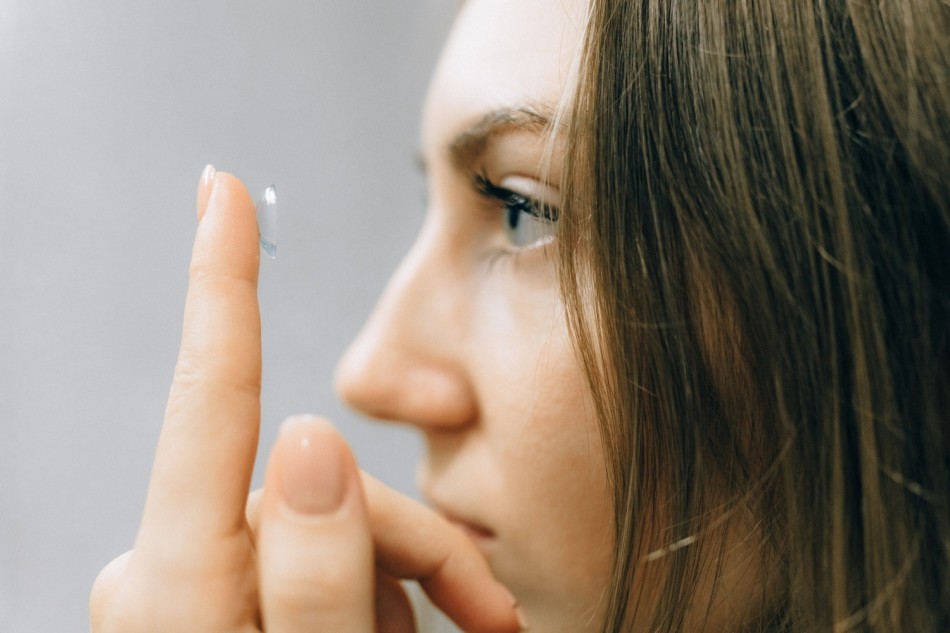Is Your Teen Ready to Wear Contact Lenses?

Keeping your children healthy at all times is essential, but don't overlook their eye health as well. In this digital age, more and more children and adolescents are exposed to the daily use of smartphones, tablets, laptops, and computers. Nowadays, many parents worldwide are turning towards contact lenses as a viable option for their children to help control myopia (nearsightedness). In fact, the average age of the first contact lens fit is expected to decrease over time. About a decade ago, initial contact lenses fitted for refractive correction were typically saved for teenagers. Today, the median age ranges from 8 to 12 years old.
If you're wondering if your teen may need contact lenses to help correct vision issues, it can be overwhelming to figure out where to start. There are so many types of lenses available today, and getting the wrong kind or fit may end up hurting them or causing discomfort. This post will be a short guide to getting contacts for your teen:
Eyecare for teens
Before we get into how to get your teen contact lenses, you should take the time to consider your child's eye health and whether or not they do need contacts. While there are non-prescription, non-corrective contact lenses meant for aesthetic purposes like changing the pupil's colors, it's important to note that improper wearing and handling of contact lenses can cause pain, discomfort, and harm to your child's eye.
However, if you think your child has vision problems, an appointment with your eye doctor should tell you everything you need to know. For example, if a child starts behaving poorly in school, it may be because they can't correctly see what's happening around them. Your child may also have vision impairment if your family has a history of it. Other signs of vision problems in your children include unusually sitting close to an object or squinting and frequent headaches. This is especially crucial if you notice your child excessively uses technology.
Vision and refractive errors are more than mere inconveniences. Studies from around the world have found that refractive errors in children can contribute to educational loss, economic issues, low productivity, and quality of life. On the bright side, researchers have found that the quality of academic performance can be improved with vision correction - such as glasses and contact lenses.
If you're wondering which is better for your teen - between prescription glasses and contact lenses - the answer depends on your teen's lifestyle. If your child is active or participates in sports, contacts may be a better option than glasses that can easily fall off or get broken. Similarly, teens using large or heavy headsets with their digital devices may find glasses uncomfortable after long periods of time.
Tips for buying your teen's first pair of lenses
If you're set on buying them contact lenses, below are some tips for your first purchase:
Find a good deal
Eyecare can be costly. Between visits to the eye doctor, buying glasses or contact lenses, and routine check-ups, it can be an additional expense you weren't planning for. Fortunately, many reputable retailers offer packages to ease the expenses and make them more accessible. When ordering contacts online, the brand ContactsDirect provides those who order a 6 or 12-month supply with a discount of up to $100 off. The brand also offers specialized lenses such as toric, colored, multifocal, and daily disposable contact lenses, depending on your teen's needs.
Do note that all contact lenses require a valid prescription from your eye doctor as they are classified as medical devices, even in the case of colored contacts. Some retailers will also accept your FSA or HSA card for payment, and you can always use a regular credit card and submit the invoice for reimbursement. For more deals, look out for Black Fridays or Cyber Mondays, as they may offer great deals and discounts.
Get the proper fit
Finally, you want to ensure your teen gets contact lenses that fit them. Contact lenses are not one-size-fits-all and must be fitted the same way prescription glasses get meticulously measured. Ensuring that the lenses fit each eye properly can help maintain comfort, good vision, and eye health. Poorly fit contact lenses can lead to various issues such as blurry vision, eye strain, headaches, red or dry eyes, and even infection.
As mentioned above, you'll need a valid prescription from an eye doctor before you can get the contacts, so be sure to include the contact lens fitting details as well. According to the Federal Trade Commission, eye doctors must provide you a copy of your contact lens prescription at the end of a lens fitting and for no extra charge. Do note that a fitting may take more than one appointment and often involves a "fitting fee" separate from the eye exam charge.
For more information and advice on parenting, do read our other posts.
© 2024 ParentHerald.com All rights reserved. Do not reproduce without permission.
* This is a contributed article and this content does not necessarily represent the views of parentherald.com
